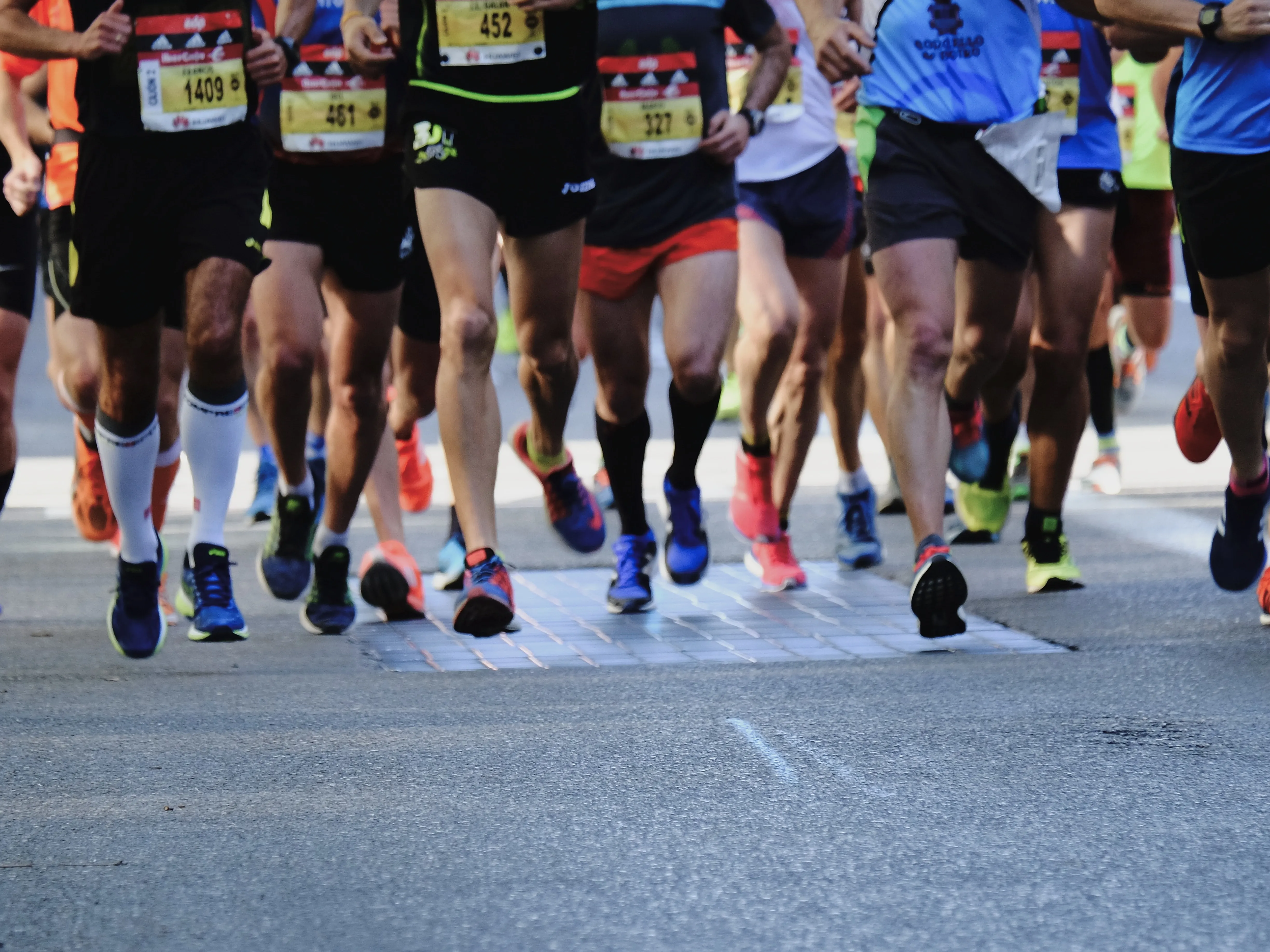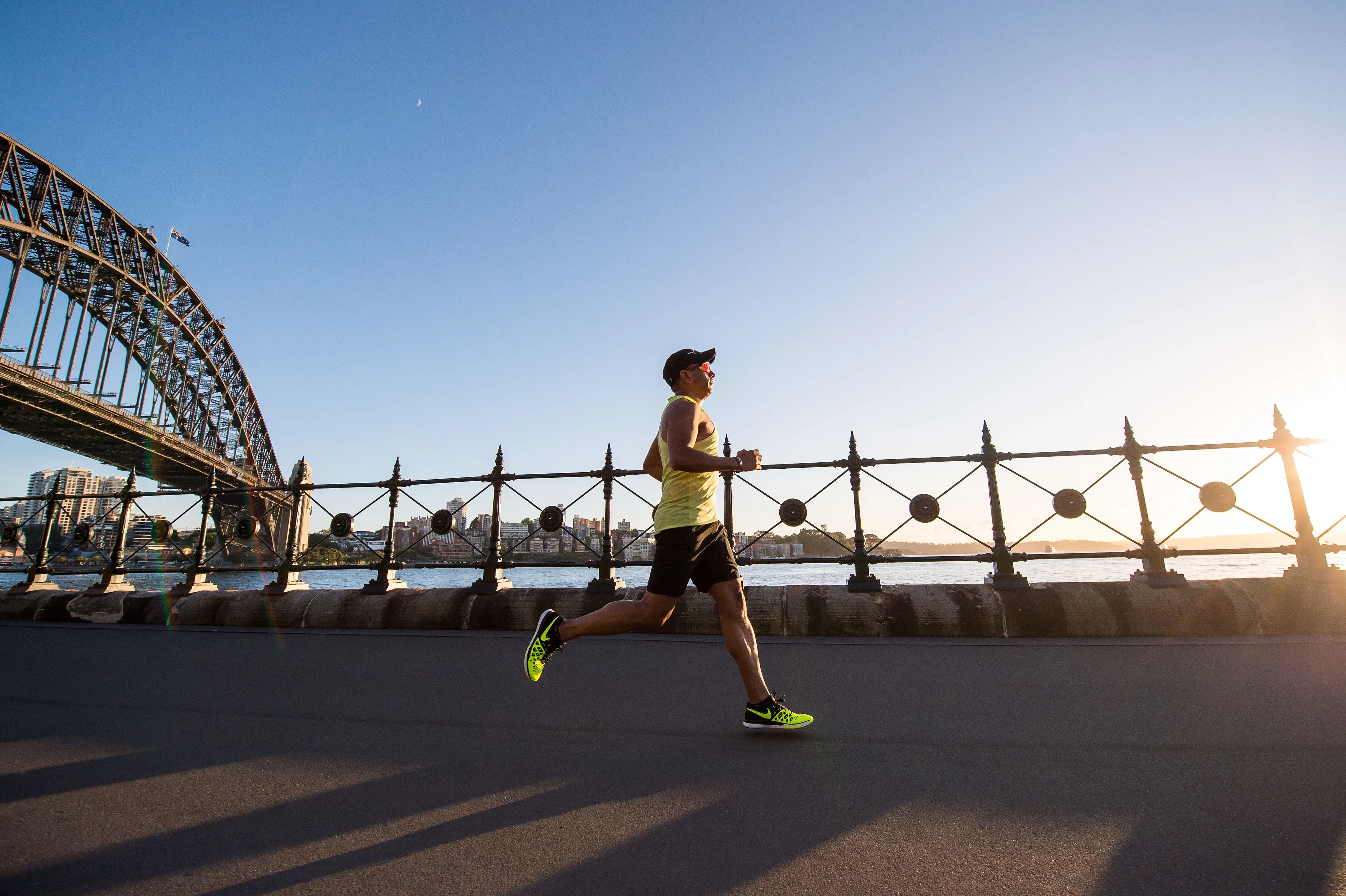
Sprinting is a high-intensity activity that can improve your body function, enhance athletic performance, and boost overall health. For beginners, mastering the right sprinting techniques can be slightly overwhelming. This guide provides tips to gradually increase your comfort and efficiency while sprinting, and guide you through the journey to become a sprinter!
With sprinting, the key to success is not the distance covered, but the intensity brought into each sprint. It’s about quality, not quantity. Let’s dive into the essential techniques you need to focus on.
Right Preparation

Sprinting is an intense activity and requires your body to be in the best shape possible. Prepare with warm-up exercises such as running-in-place, jumping jacks, or even a slow jog. Stretching is another key aspect of preparation, helping you avoid muscle injuries during high-speed runs. Include routines like hamstring stretches, quad stretches, and calf stretches for a complete warm-up.
Sprinting Form
An efficient sprinting form reduces the risk of injuries and exhaustion. Keep the chest out and back straight, allowing your lungs maximum capacity to take in oxygen. Your arms should swing forward and backward near the waistline, driving the momentum.
Foot Strike
The foot strike, or how your foot hits the ground while running, significantly affects your speed. Aim for a ‘midfoot strike’, where the ball of your foot hits the ground first. This allows stored energy to be released, propelling you forward.
Breathing
Breathing plays a crucial role in sprinting. Inefficient breathing patterns can lead to early fatigue. Practice diaphragmatic breathing, filling your lungs from the bottom up. Sync your breathing with your stride rate, ensuring every step you take is powered.
Recovery

Post-sprint recovery is just as essential as the run itself. After your sprint, slowing down gradually helps to clear the lactic acid build-up in the muscles. You should also stretch once more to reduce stiffness the next day.
There are different sprinting techniques, depending on your specific goals and the kind of running you’re doing. However, the above-listed techniques will provide a solid foundation for any type of sprinting you decide to embrace. Remember, sprint training is high-intensity but short in duration. Don’t be discouraged if it seems intimidating; start slow and gradually increase your effort.
Sprinting is as much mental as it is physical. Believe in your ability to go faster, keep pushing your limits and, most importantly, enjoy the exhilaration that sprinting brings!



